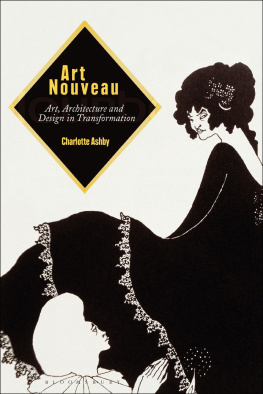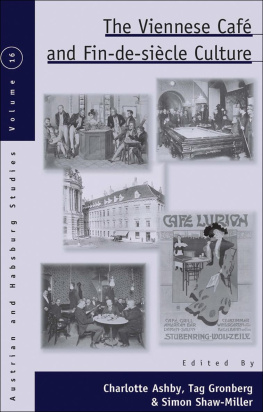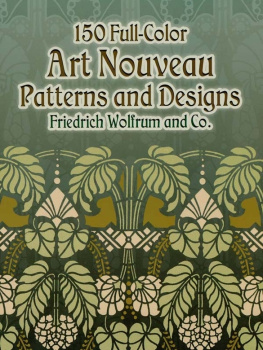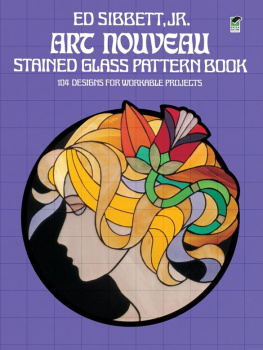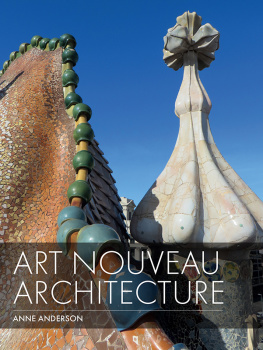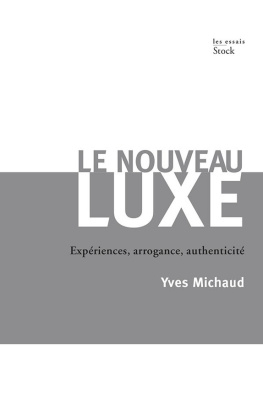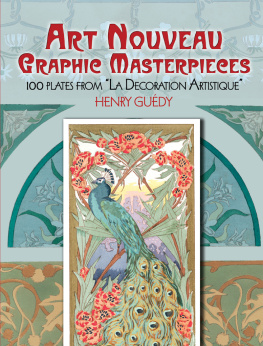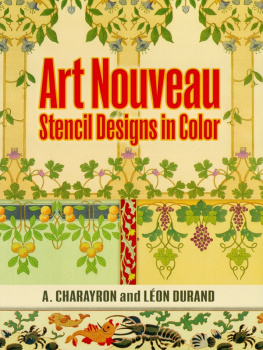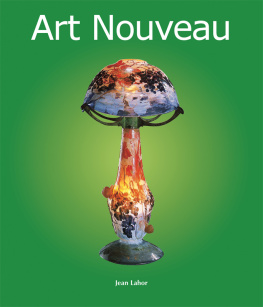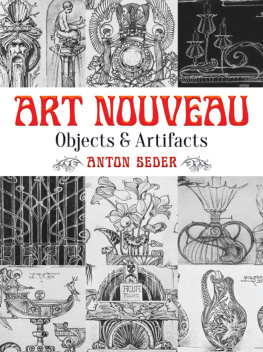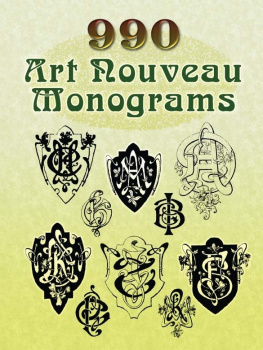Charlotte Ashby - Art Nouveau: Art, Architecture and Design in Transformation
Here you can read online Charlotte Ashby - Art Nouveau: Art, Architecture and Design in Transformation full text of the book (entire story) in english for free. Download pdf and epub, get meaning, cover and reviews about this ebook. year: 2021, publisher: Bloomsbury Visual Arts, genre: Romance novel. Description of the work, (preface) as well as reviews are available. Best literature library LitArk.com created for fans of good reading and offers a wide selection of genres:
Romance novel
Science fiction
Adventure
Detective
Science
History
Home and family
Prose
Art
Politics
Computer
Non-fiction
Religion
Business
Children
Humor
Choose a favorite category and find really read worthwhile books. Enjoy immersion in the world of imagination, feel the emotions of the characters or learn something new for yourself, make an fascinating discovery.
- Book:Art Nouveau: Art, Architecture and Design in Transformation
- Author:
- Publisher:Bloomsbury Visual Arts
- Genre:
- Year:2021
- Rating:3 / 5
- Favourites:Add to favourites
- Your mark:
Art Nouveau: Art, Architecture and Design in Transformation: summary, description and annotation
We offer to read an annotation, description, summary or preface (depends on what the author of the book "Art Nouveau: Art, Architecture and Design in Transformation" wrote himself). If you haven't found the necessary information about the book — write in the comments, we will try to find it.
Art Nouveau presents a new overview of the international Art Nouveau movement. Art Nouveau represented the search for a new style for a new age, a sense that the conditions of modernity called for fundamentally new means of expression. Art Nouveau emerged in a world transformed by industrialisation, urbanisation and increasingly rapid means of transnational exchange, bringing about new ways of living, working and creating.
This book is structured around key themes for understanding the contexts behind Art Nouveau, including new materials and technologies, colonialism and imperialism, the rise of the modern woman, the rise of the professional designer and the role of the patron-collector. It also explores the new ideas that inspired Art Nouveau: nature and the natural sciences, world arts and world religions, psychology and new visions for the modern self. Ashby explores the movement through 41 case studies of artists and designers, buildings, interiors, paintings, graphic arts, glass, ceramics and jewellery, drawn from a wide range of countries.
Charlotte Ashby: author's other books
Who wrote Art Nouveau: Art, Architecture and Design in Transformation? Find out the surname, the name of the author of the book and a list of all author's works by series.

